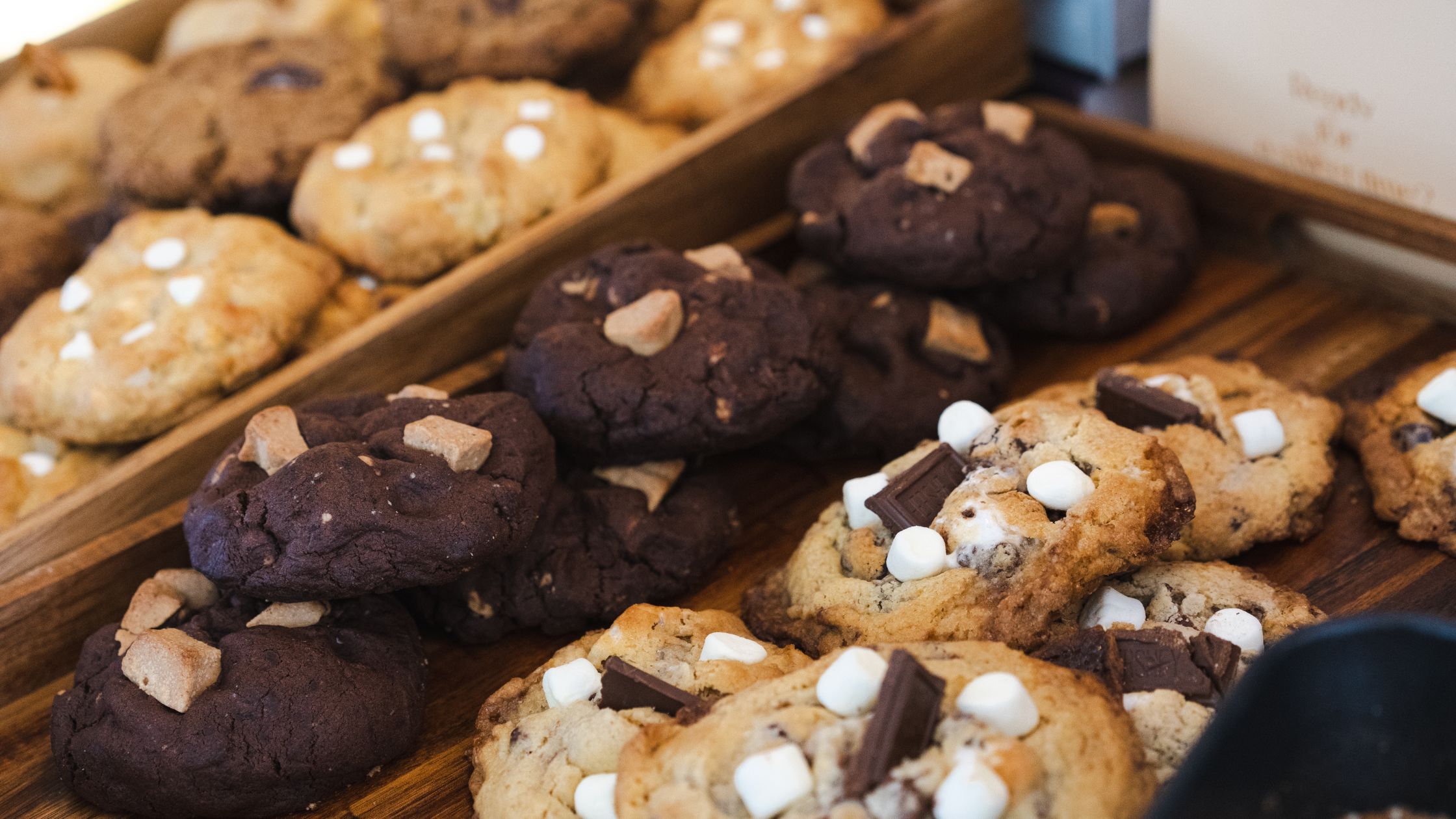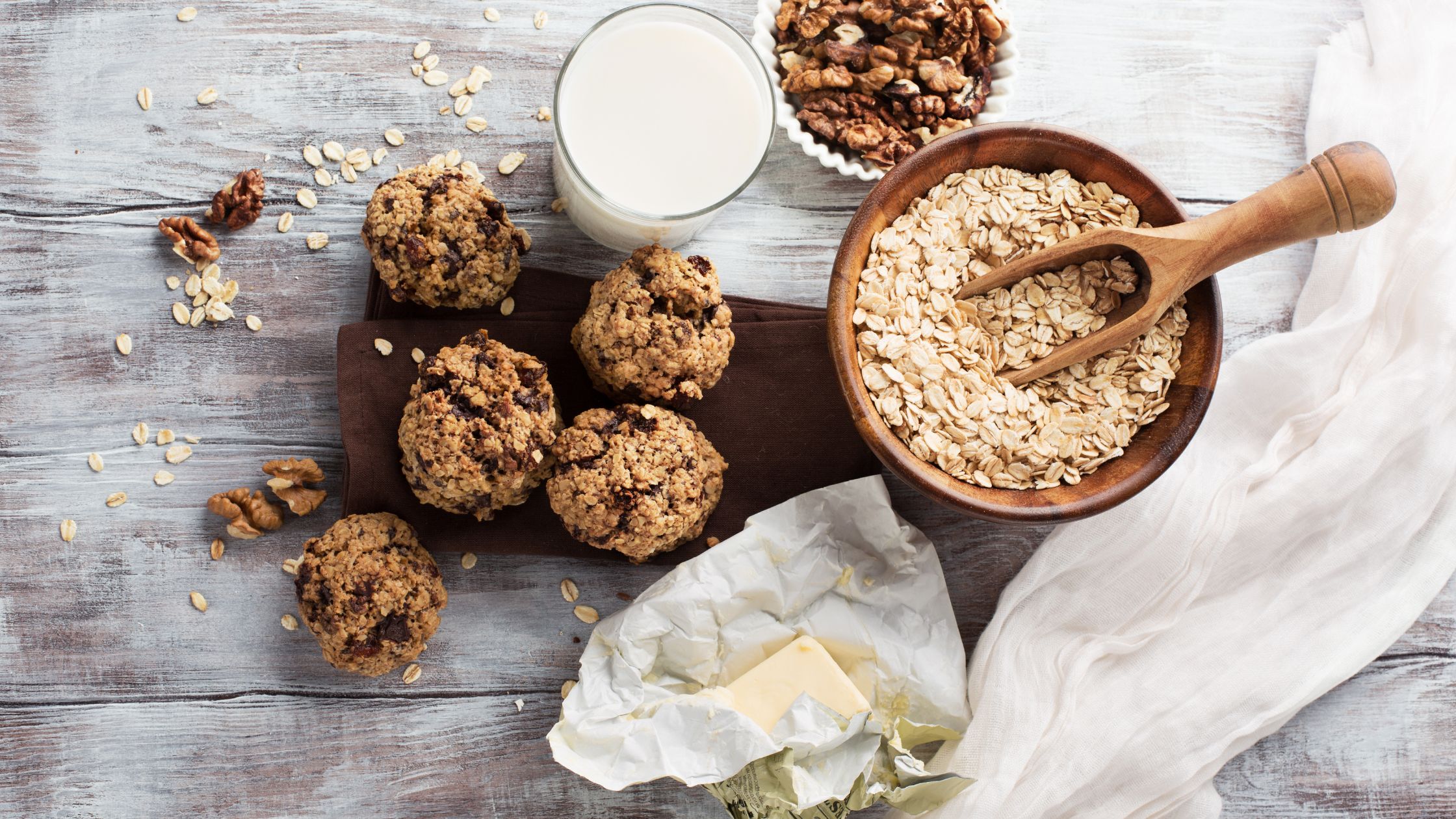We're just past the holiday season and a lot of people are re-examining their eating habits. As I'm working with clients we have one habit that they all seem to be engaging in so I wanted to take a moment to address it.
It's a phenomenon that hits our subconscious when we are eating, especially when we are eating treats of some kind.
I call it the three cookie syndrome. It goes something like this:
- you decide to eat cookies
- you open the package of cookies and see a serving size is two cookies
- you eat three cookies
- a little overwhelmed you say to yourself, “what the hell, I ate three cookies.” and then go on to finish the entire sleeve (or half a box, or some overwhelming percentage of the package).
For many people this is the beginning of the downward spiral that can signal the end of a diet or a change to eating plans. They give up, feeling that they are a failure, and feed themselves negative emotions and messages while not paying attention to their eating.
Breaking the Cycle
Rather than allowing the consumption of an entire sleeve of cookies (admittedly not the best choice) to overwhelm us it is more constructive to simply acknowledge that we have veered off the path of our eating plan.
Instead of wallowing in guilt or other negative feelings we need to remind ourselves that it's not an all or nothing proposition.
We can start again to rebuild our nutritional plan and to focus on making healthy choices. Sometimes that focus can come in the middle of that sleeve of cookies. Sometimes it happens immediately afterwards, more often it happens the next day.
Embracing Healthy Choices
Eating well, eating to nourish and support our bodies means loving and accepting ourselves. Garfield says “Diet is die with a t on the end of it.” Rather than looking at our desire to change our food choices as a diet it does help to look at it as a nutritional plan. To remember that we are choosing to make different choices because those choices are supportive for our bodies.
For those who have an illness such as celiac disease, or a food sensitivity, eating those foods brings a fairly immediate negative body response. So we don't do that.
For those who are choosing to make changes, it sometimes happens gradually. However it's never too late to start to make those changes.
Simply remember what the goal is and why you are making these choices. Treat yourself with loving kindness and take it one step at a time.










